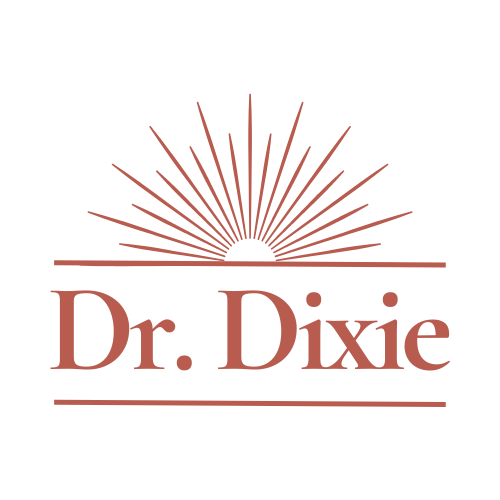Silent Nights & Secret Superpowers: My Husband, Mouth Taping, and Ancestral Wisdom
"Let's be real, folks. Sharing a bed can be a battlefield, especially when snoring is involved. And let's be even more real, as a health practitioner, I'm invested in his longevity—and my sleep! So, I took matters into my own hands...literally.
Yes, you heard that right. I gently tape my husband's mouth shut before we drift off. And before you alert the authorities, hear me out! It's not about silencing him (okay, maybe a smidge). It's about optimizing his health, and mine!
I use Micropore tape—just a small piece. It's gentle enough that if he panics, he can easily remove it. (No, I'm not trying to cause harm, just trying to get some quality shut-eye!) But here's the magic: it works! He sleeps better, I sleep better, and his overall health is noticeably improving.
Why? Because nasal breathing is a game-changer. It boosts nitric oxide, purifies the air, and enhances oxygen uptake. Think of it as a nightly health spa treatment, courtesy of yours truly.
And let's not forget the jaw alignment benefits. Turns out, keeping your mouth closed can prevent 'long face syndrome' and maintain straighter teeth. Who knew?
So, if you're a mouth breather (and I'm looking at you, snoring spouses), consider this your wake-up call. No, I'm not kidding. Tape your mouth shut! Your health—and your partner—will thank you.
Expanding on Nasal Breathing's Power:
The importance of nitric oxide (NO) production cannot be overstated. This molecule acts as a vasodilator, relaxing blood vessels and improving circulation and oxygen delivery throughout the body. Beyond immune support, NO plays a vital role in cardiovascular health, cognitive function, and even exercise performance.
Furthermore, nasal breathing engages the diaphragm more effectively, leading to deeper, more efficient breaths. This diaphragmatic breathing pattern calms the nervous system, reduces stress, and enhances overall respiratory function.
Practical Tips for Mouth Taping:
Choosing the Right Tape: Micropore tape, readily available at any drugstore or chemist, is an excellent choice due to its gentleness and breathability. Medical-grade silicone tape is another option for those with sensitive skin.
Gradual Introduction: Start by taping your mouth for short periods during the day, gradually increasing the duration as you become more comfortable.
Addressing Underlying Issues: Mouth breathing can be a symptom of underlying issues like allergies, nasal congestion, or a deviated septum. Addressing these issues can significantly improve nasal breathing.
Tongue Posture: As mentioned, proper tongue positioning is crucial. The tongue should rest gently against the roof of the mouth, which helps maintain proper jaw alignment and airway patency.
Long-Term Implications:
The impact of chronic mouth breathing extends beyond facial aesthetics. It can contribute to:
Sleep disorders: Mouth breathing disrupts sleep architecture, leading to fragmented sleep and daytime fatigue.
Cognitive impairment: Poor sleep and reduced oxygenation can negatively affect cognitive function and mental clarity.
Cardiovascular issues: Chronic mouth breathing can increase the risk of hypertension and other cardiovascular problems.
Ancestral Wisdom and Modern Science:
Dr. Weston A. Price, a dentist in the early 20th century, traveled the world studying isolated, indigenous populations who maintained traditional diets. What he discovered was remarkable: these groups exhibited exceptional dental health, broad facial structures, and minimal incidence of chronic diseases.
Price observed that their diets, rich in whole, unprocessed foods, including animal fats, organ meats, and fermented foods, played a crucial role in their robust health. He noted that their wide palates and well-developed jaws allowed for proper alignment of teeth and optimal nasal breathing.
His findings directly relate to the mouth taping and nasal breathing discussion. When the jaw is properly developed, it supports open airways, facilitating nasal breathing. Conversely, a narrow palate and underdeveloped jaw, often seen in modern populations consuming processed foods, can lead to mouth breathing and associated health problems.
James Nestor's book, "Breath," delves into the science of breathing, exploring ancient breathing techniques and modern research. He highlights the profound impact of nasal breathing on overall health, echoing the wisdom of ancient cultures.
Nestor's work reinforces the importance of nasal breathing for nitric oxide production, oxygen uptake, and cardiovascular health. He also discusses the detrimental effects of chronic mouth breathing, including sleep disorders, cognitive impairment, and altered facial development.
Price's observations on ancestral face shape and Nestor's research on nasal breathing converge on a fundamental truth: our modern lifestyles, characterized by processed foods and mouth breathing, are detrimental to our health.
By embracing ancestral wisdom and prioritizing nasal breathing, we can reclaim our innate health potential. Mouth taping, as a tool to promote nasal breathing, aligns with this holistic approach."

